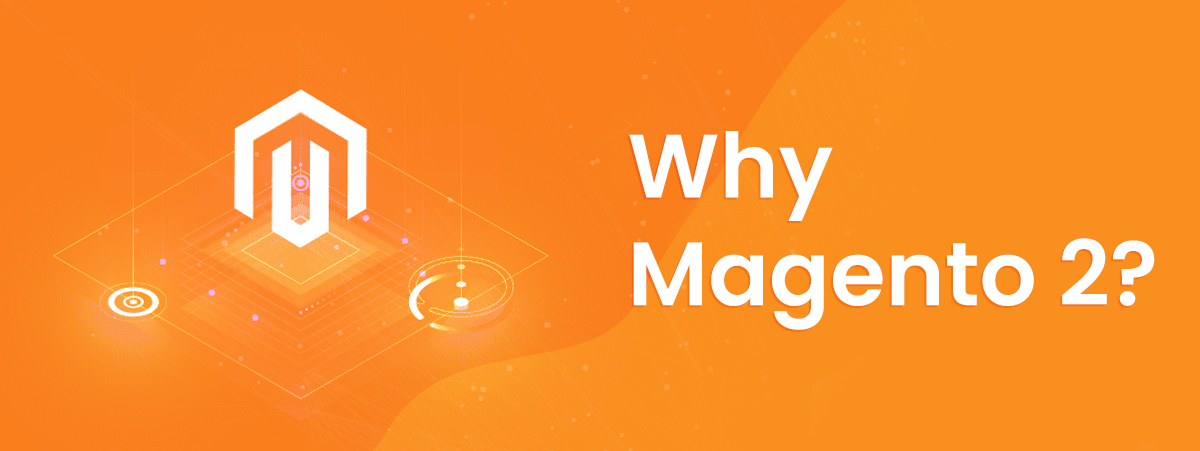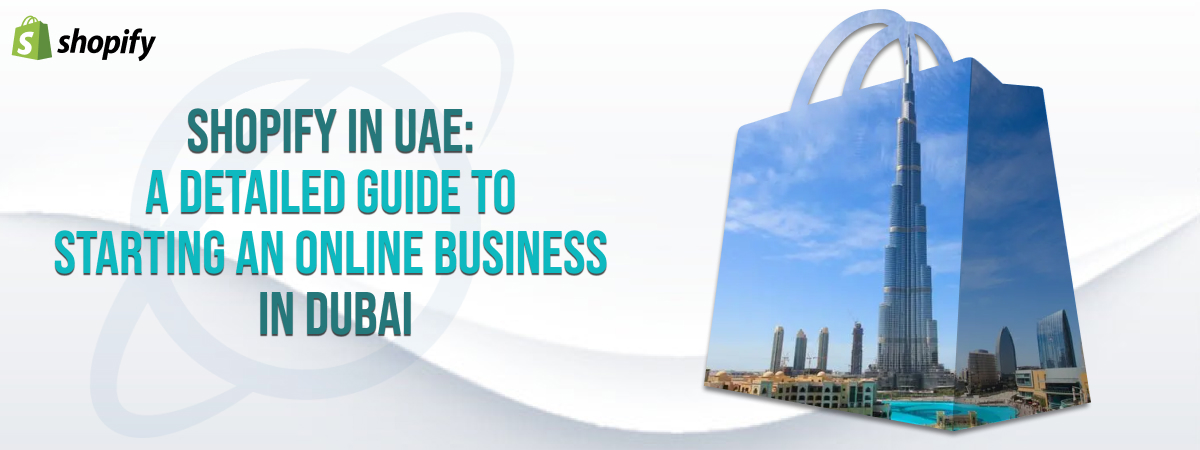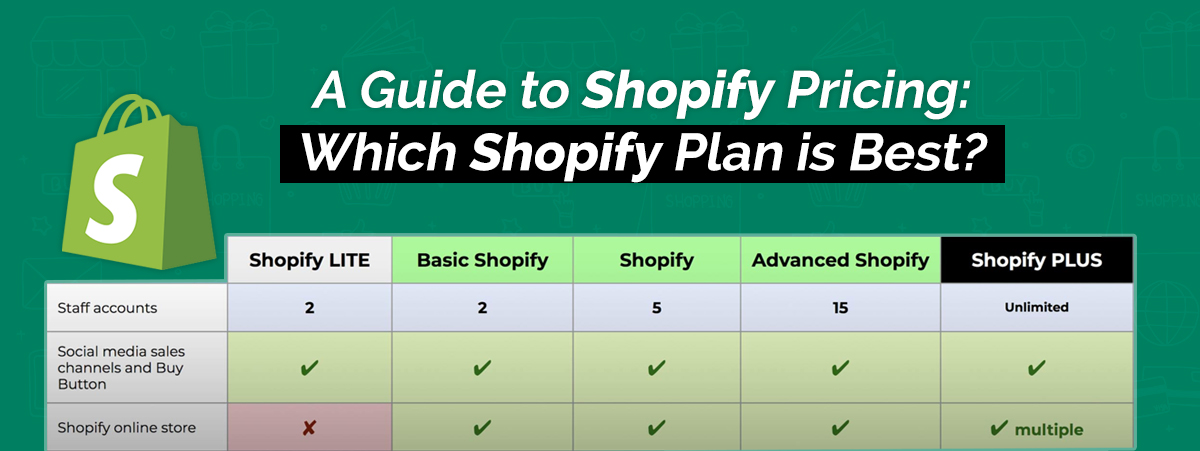Posted By : Admin
Date : October 19, 2021
Quick Guide To Magento 2
In the era of digital commercialization, where every rudimentarily existing business is moving its operation online, it is no astonishment to observe the up pace in the E-business paradigm. New E-commerce platforms are coming up every single day, to take leverage of the consumer base, since it is becoming deep-seated and demands services to be delivered at the door.
An E-business involves the performance of all kinds of business activities done through the internet. It comprises business transactions and is not limited. It is everything from procurement of raw materials, goods, services, education, buying and selling of products, it involves every monetary transaction done on the internet.
While E-commerce is one of its subsets, which strictly constitutes buying and selling the products, the modus operandi follows the B2C form, that is, business to customer. Therefore, the transactions are limited, and it entirely depends on the website.
Thus, E-commerce website development companies in Dubai are racking their brains to build websites on the best platforms. The interface is both interactive and attractive for the end-users. E-commerce web designers in Dubai are coming up with varied and innovative ways to assemble websites that give the best user experience since 60% success of an E-commerce business depends on the website.
Over the years, E-commerce store owners have bestowed their faith in Magento for constructing their E-commerce business, and the same trust lies now on Magento 2.
The Transition From Magento 1 To Magento 2
Magento is an open-source E-commerce platform. Engineered in 2007 by Roy Rubin and Yoav Kutner from Varien Inc and presently owned by Adobe, the software is the world’s leading digital platform. Magento accounted for 30% of the total market share and released a new version, Magento 2, in 2015.
This does not mean that Magento 1 does not exist. It merely means that post-June 2020 (as notified officially), the Magento team will not develop any platform improvements. Hence, there will not be any security patches after the lapse of the cut-off date, and sites that do not migrate to the new version will be vulnerable to security breaches and hacks.
Since Magento 2 is no different software than Magento 1 but only an updated version, it carries the essence of its predecessor, while being different in terms of its architecture, speed, performance, dashboard, security, SEO, and price. In fact, Magento 2 solves major issues encountered by Magento 1 like conflicting extensions, where two or more extensions use to try to rewrite the same functionality. Then this issue could only be solved manually, and the process was an expensive and time-consuming one. Now, with Magento 2, plugins allow code to overlap with core code rather than override it.
However, even after Magento 2 offered several features, many merchants were hesitant to migrate from the predecessor to the successor because of fear of change, Magento 2 being unique makes it new and everyone is quite hesitant to move beyond their comfort to an unknown platform. Moreover, updating the website from Magento 1 to Magento 2 is not a one-click process, rather it is an expensive one. Magento 2 is a completely different platform with its pros and cons and a learning curve; thus the migration requires timely resources and a big budget.
However, Magento 2 is better than Magento 1 on all scales, and ignoring the update will compromise the security and growth of your website in this competitive market. Therefore, it is advisable for all Magento merchants to update to the new version by reviewing their ‘Software License Policy’ to see if this includes quality fixes and security patches for their version of the platform. To be eligible for the available support, merchants must make sure they renew their software licenses/continue to pay their subscription fees to take them up to the end date.
Magento 2 is in tandem with the latest technology like PHP 7, which loads faster than its predecessors; furthermore, it allows the website to update automatically. Much deserving of its praise and market capture, Magento 2 has many new and unique features when compared to Magento, such as
- SEO friendly
- More user friendly
- Better page caching
- Low table locking issues
- Ingrained snippets for organized data
- Refined file structure with easier customization
- Finely structured code base, enterprise-grade scalability
- Cascading style sheets (CSS) Preprocessing using LESS URL resolver
- Product catalog management
- Integrated payment processing (checkout)
- Frictionless order and shipping management
- Improved B2B functionality
- Mobile-first UI/UX design
- Dedicated account manager and premium tech support
- International shipping capabilities
- Multiple currency support
With its extensive and flexible codebase, Magento 2 had total gross revenue of $100 billion in early 2021.
Hence, if you want to optimize your E-commerce website in a room full of possibilities, Magento 2 is the perfect choice to build you an effective and efficient website, and we tell you how:-
Step 1: Choose a domain name –
A domain name is the home address of a website, and it plays an essential role in the success of an online commerce business. Therefore, you should choose a domain name that is:
(a) SEO Friendly
Look from a user’s eyes, and you will know how important it is for the domain name to seem reasonable. It attracts them prima facie, and they keep coming back to the site even in the future. To make a page SEO friendly, it must include keywords that reflect well on the search engine, like anything related to the product or services, which boosts its ranking on Google, Yahoo, or any other search engine. One must also be aware of customer tendencies, such as .com, the most popular extension since it reassures the general public that the website is free of integrating viruses and mining personal information.
(b) Short, catchy, and easy brand name
A consumer will only access the site repeatedly, only if they can remember it. That is possible only if the name of your online store is easy to pronounce, understand, unique enough to remember and stands out from the rest. Avoid choosing a name that directly or indirectly resonates with a service or product line already existing in the market.
Step 2: Hiring the right agency –
Since building an E-commerce platform involves coding, an establishment has to hire a web developer. It is a crucial decision to make. After sincere due diligence, one must decide, which involves doing a background check on their past projects, feedback of previous clients, general conduct like how client-centric they are, punctual communication, and cost-effectiveness.
Step 3: Affix features for optimum customer ease –
Features such as the following are vital for your website, and it guarantees high customer satisfaction –
(a) Right extension included –
Do not unnecessarily load your website with extensions but do have enough and useful ones. Also, be cautious of buying extensions individually since it is costlier than inducting all features.
(b) Customization –
Do keep room for flexibility and creativity, that is, to choose a theme that can change colors, fonts, navigation bars and layout from time to time.
(c) Cross-platform support –
This is a prerequisite to broadening your reach. The more you invest in the accessibility and ensure that customers can view your website across devices, like mobile and laptops, the stronger the customer base grows.
Step 4: Structuring the store layout :
Designing the store layout requires the dedication of time, effort, accuracy and observation. But it is worth all of it because if you structure it well, it can bring in inconspicuous rewards. To ensure such is the case, you must be careful about the following elements –
(a) Navigation bar –
Do not forget to add it since it will save effort at the customer’s end. It should not leave any ambiguity and simply help navigate pages, sections, categories, and other features.
(b) Filter –
Try to accommodate as many characteristics as you can regarding price range, colours and brands. This improves the user experience, and when customers find just what they are looking for easily, customer satisfaction grows substantially.
(c) Keeping search results specific –
The objective is to keep the whole process of exploring your website convenient. Hence do not unnecessarily burden the customer to view products that do not match their needs accurately; however, do keep large items related to their lookup so that they get to see more options and maybe change their mind and buy more.
(d) Product Information –
Everyone knows how crucial this element is. Every product should carry all the information that the customer seeks, in brief, including price, material, sizes available as per a set size chart, manufacturer, return policy and offers available. In addition, it should be well situated in the proper order and under the appropriate category.
(e) Review section –
Shoppers do look out for reviews, which is why it is elemental for your E-commerce website. Therefore, make sure you resolve all the queries on your site and garner positive feedback. It builds an impression in the minds of the others who may decide not to buy a product, solely based on the review from previous customers who have bought it.
Why Magento 2?

With Magento 2, you get to employ the best features on your website and make it exceptionally structured with its charms like:
(1) Diverse options to choose from –
Magento provides you with a varied range of offers to collaborate on. You can choose according to your need and the way you foresee your website to be like.
Magento Open Source
It is the free version of the most popular software. It covers all the critical services and aid you need to build your perfect E-commerce website. In this, you have the freedom to choose among various website servers and then add tools that you want to improve your website performance. It is most useful for small and medium-sized businesses since they can leverage these benefits and build their website at the most affordable price.
Magento Commerce
Packed with more unique and one of its class features combined with the best professional support, this is one of the best offers designed by a website development software, with such a practical toolkit, since it is revenue-based. Therefore, the more revenue you generate, the less you are charged for the website. However, one will have to hire a separate hosting provider to avail of this offer.
Magento Commerce Cloud
One feature that makes it more advanced than its precedent, Magneto 2, provides Platform as a Service (PaaS). As a result, it is ideal for large companies explicitly operating on the Business to Business model since the software is well suited for their complex requirements.
(2) Personalized Shopping Experience
It assesses and observes the shopper’s traits and provides them with more personalized options regarding goods, services and even marketing incentives.
(3) Hassle-free check out process
Those days are long gone when a consumer had to go through 6 steps simply to check out. Magento 2 simplifies this process, and now the consumer can check out in just two steps. Easy right?
(4) Supports various payment and shipping methods
Yes, you read that right. Magento 2 supports all local and international payment methods, inclusive of different online payment apps so that users can shop and pay without any worries.
(5) Smart analytics and reporting
Magneto 2 leaves little to no stone unturned to provide you with an impeccable and well-versed analysis of your website traffic. It records statistics for sales, views, conversations and abandonment stats so that you get a holistic idea of your website’s performance and adjust it accordingly to boost your profit.
The Bottom Line:
Before launching a website, it's crucial to conduct a thorough run-through to ensure a seamless experience for consumers, checking for bugs, discrepancies, and navigation issues. Magento 2 stands out as a popular and successful platform due to its perfect integration for both large and small businesses, offering improved website performance and cost-effectiveness. With its user-friendly features, Magento 2 is an ideal platform to kick-start any eCommerce business, ensuring satisfaction for both business owners and customers alike.









